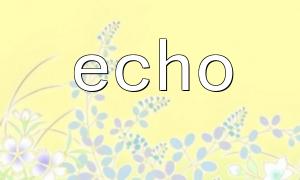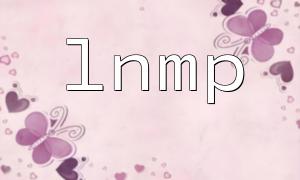Introduction
In web development, adjusting image colors is often a key step in optimizing design effects or meeting specific requirements. PHP’s Imagick extension offers powerful image processing capabilities, enabling developers to efficiently adjust image colors. This article will explain how to use PHP and Imagick for common image color adjustments, along with corresponding code examples to help developers handle images better.
1. Installing the Imagick Extension
Before using the Imagick library, you need to ensure that the extension is installed on your server. You can check if Imagick is installed by running the following command:
php -m | grep imagick
If the command returns imagick, it means the extension is installed. If not, you need to install it based on your server environment.
2. Loading and Processing the Image
To adjust the colors of an image, you first need to load the image and create an Imagick object. Here’s the code to load the image and create the Imagick object:
$image = new Imagick('path/to/image.jpg');
In this example, 'path/to/image.jpg' is the path to the image you want to process. This code creates an Imagick object and loads the specified image.
3. Color Adjustments
Next, we can use various methods provided by Imagick to adjust the colors of the image. Below are some common color adjustments and their corresponding code examples:
1. Adjust Brightness
To adjust the brightness of the image, use the `brightnessImage()` method. This method accepts a float value as a parameter, ranging from -1 to 1, where -1 represents the lowest brightness and 1 represents the highest brightness.
$image->brightnessImage(0.5);
2. Adjust Contrast
To adjust the contrast of the image, use the `contrastImage()` method. It also accepts a float value as a parameter, ranging from -1 to 1, where -1 represents the lowest contrast and 1 represents the highest contrast.
$image->contrastImage(0.3);
3. Adjust Saturation
Use the `modulateImage()` method to adjust the saturation. This method accepts three float values representing brightness, saturation, and hue. Brightness ranges from 0 to 1, while saturation and hue range from -1 to 1.
$image->modulateImage(1, 0.5, 1);
4. Adjust Hue
Similarly, you can adjust the hue of the image using the `modulateImage()` method:
$image->modulateImage(1, 1, 0.5);
5. Adjust Color Balance
To adjust the color balance of the image, use the `normalizeImage()` method, which makes the image’s colors more balanced.
$image->normalizeImage();
4. Saving and Outputting the Image
Once the color adjustments are done, you can either save the image to a file or output it directly to the browser.
1. Saving the Image
To save the adjusted image, use the `writeImage()` method:
$image->writeImage('path/to/adjusted_image.jpg');
Here, 'path/to/adjusted_image.jpg' is the path where you want to save the adjusted image.
2. Outputting the Image Directly
If you want to output the adjusted image directly to the browser, use the following code:
header('Content-Type: image/jpeg');
echo $image;
By setting the appropriate HTTP headers and outputting the Imagick object, the image will be displayed directly in the browser.
Conclusion
This article has introduced how to use PHP and Imagick for various image color adjustments. By flexibly applying these methods, developers can quickly adjust an image’s brightness, contrast, saturation, hue, and more, improving the efficiency and effectiveness of image processing in web development. I hope these code examples are helpful and can be applied in your real-world projects.









